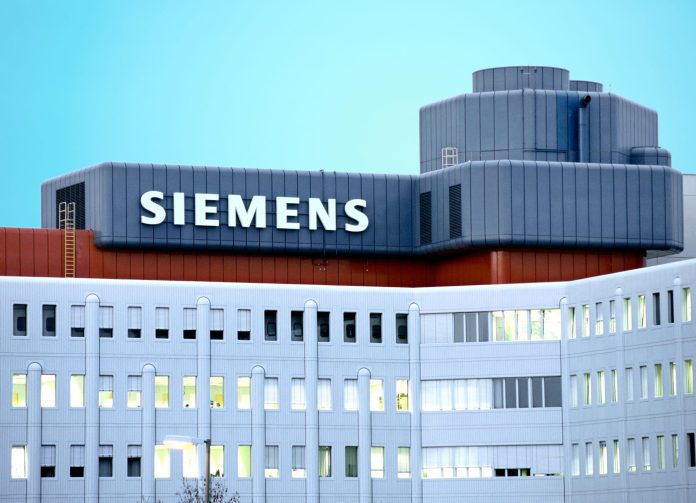Nine summers ago Chuck Grindstaff got a call from Wally Rhines, chairman and CEO of Mentor Graphics. As president and CEO of Siemens PLM Software, Grindstaff was running a company that could use Mentor’s chip design expertise to set itself apart, Rhines reasoned. Mentor was facing a hostile takeover bid from Cadence Design, and Rhines was looking for a “white knight” to acquire his company.
Siemens didn’t buy Mentor at that time, but neither did Cadence. In 2011 investor Carl Icahn tried to buy Mentor, but that didn’t work out either. Mentor remained independent, grew its business, and last year it was Grindstaff who was calling Rhines. Siemens saw other heavy equipment makers getting into chip design and wanted to leapfrog the competition.
“The trend toward higher level system integration was real clear,” Grindstaff told reporters and analysts recently at the Design Automation Conference in Austin, Texas. “We extracted the conclusion that we should get on the real far end of that spectrum, not inch our way up.”
The result was Siemens’ $4.5 billion takeover of Mentor Graphics, which Grindstaff says will put Siemens on the map in the world of integrated circuit design.
“Mentor had the best balance of IC design tools, printed circuit board design tools and software design tools in the market,” Grindstaff said. He said Mentor and Siemens also shared a “common culture” in terms of how they “conduct themselves in the marketplace.”
The marketplace is going to get a lot more interesting for Mentor, Rhines said. Mentor and Siemens already have a number of common customers, and now Mentor will have many more people on its teams to talk to different parts of each customer’s organization. Rhines said Mentor already gets about 20% of its revenue from automotive customers, but has never before had the resources to take advantage of all possible opportunities within those large companies.
Rhines also said that being part of Siemens will give Mentor the ability to invest more in research and development. He said the electronic design automation industry as a whole invests roughly 35% of revenue in R&D, but Mentor has only been investing about 30% of revenue in recent years.
Learning from the past
Grindstaff said Siemens learned years ago what can happen to a company that fails to “invest in what’s moving fast.” Siemens sold its telecom business, which Grindstaff described as “the foundation of the company,” in 2009, and in 2013 Nokia bought Siemens out of the two companies’ telecom infrastructure joint venture, NSN.
Siemens sees the Mentor acquisition as a way to stay relevant in the manufacturing industries as automation becomes increasingly important. Grindstaff said customers that work with both Siemens and Mentor have told him they wished the two companies could be more integrated, and now they will be.
Siemens also has a history in the semiconductor industry. The company sold its chip business in 1998, and Grindstaff said he raised some eyebrows when he told the board he wanted to take the company back into chips. He convinced them, he said, by explaining that there’s more value in being a tool supplier than in being a component supplier.
Rhines added that he sees the current wave of investment in design automation as reminiscent of the 1980’s when “every computer company built a wafer fab.” Now technology giants are investing in chip design, rather than chip manufacturing, with Apple, Google, and Amazon all involved to varying degrees in developing their own silicon.

